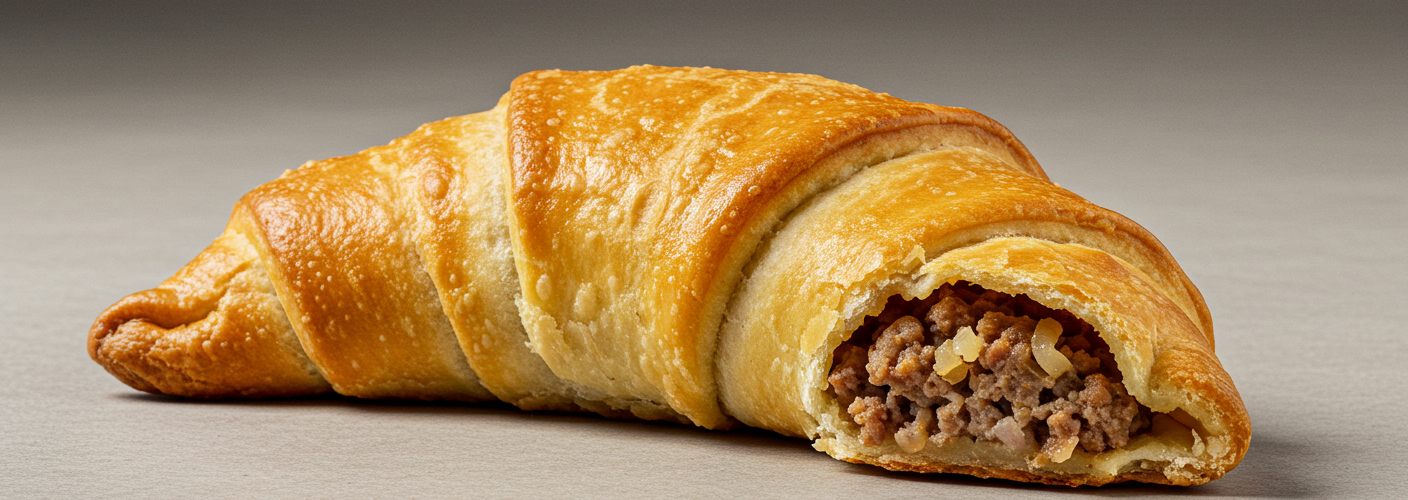If you’re on the hunt for a dish that encapsulates the spirit of comfort food with a dash of exotic flair, look no further than Tschebureki. This delectable fried turnover, often filled with a savory mixture of minced meat and onions, has roots deeply embedded in the culinary traditions of Eastern Europe and Central Asia. Its crescent shape not only makes it visually appealing but also offers a delightful crunch that enhances every bite.
The Origin Stories
Tschebureki, pronounced “che-boo-reh-kee,” has a history that spans various cultures, each contributing its unique spin on this tasty treat. Traditionally believed to have originated from the Crimean Tatars, Tschebureki has made its way across the steppes of Russia, Ukraine, and beyond, becoming a beloved street food staple. The versatility of this dish allows it to be enjoyed in numerous settings, from bustling markets to family gatherings, providing warmth and satisfaction to those who indulge.
The Perfect Filling
The key to an outstanding Tschebureki lies in its filling. While the classic combination of minced meat and onions reigns supreme, chefs have taken liberties to create variations that cater to diverse palates. A well-balanced mixture of ground beef or lamb, seasoned with aromatic spices, will elevate this dish from good to unforgettable. Onions add sweetness and moisture to the filling, ensuring that each bite bursts with flavor. For a twist, consider incorporating herbs like parsley or dill, or even adding ingredients like mushrooms or cheese for a unique touch.
Making Tschebureki at Home
Creating Tschebureki from scratch may seem daunting, but with a touch of patience and practice, it can be quite rewarding. Begin by preparing the dough, which typically consists of flour, water, salt, and a splash of oil. The simplicity of the dough is one of its charming qualities, as it allows the filling to take center stage.
Once your dough has rested, roll it out into circles, and spoon a generous amount of the flavorful filling onto one half. Carefully fold the dough over to create a crescent shape, sealing the edges securely to prevent any filling from escaping during frying. The frying process is crucial: hot oil will give the Tschebureki its signature crispy texture and golden-brown finish.
Pairing and Serving
Tschebureki can be served alone as a snack or as part of a larger meal. They shine when paired with accompaniments like sour cream, yogurt, or a spicy tomato sauce for dipping. Adding a crisp salad or pickled vegetables as a side can provide a refreshing contrast to the richness of the fried turnover.
For those who prefer lighter fare, consider baking Tschebureki instead of frying them. While they may lack some of the traditional crunch, baked versions can still be incredibly flavorful and satisfying.
Conclusion
Whether you’re enjoying Tschebureki at a street vendor in Central Asia or preparing them in your own kitchen, this dish promises a unique experience that marries rich history with comforting flavors. With every bite, you taste not just the fillings and spices but also the culture and tradition that have brought this delightful turnover to life. So, the next time you’re in the mood for something robust, look no further than Tschebureki—your taste buds will thank you!




Add comment